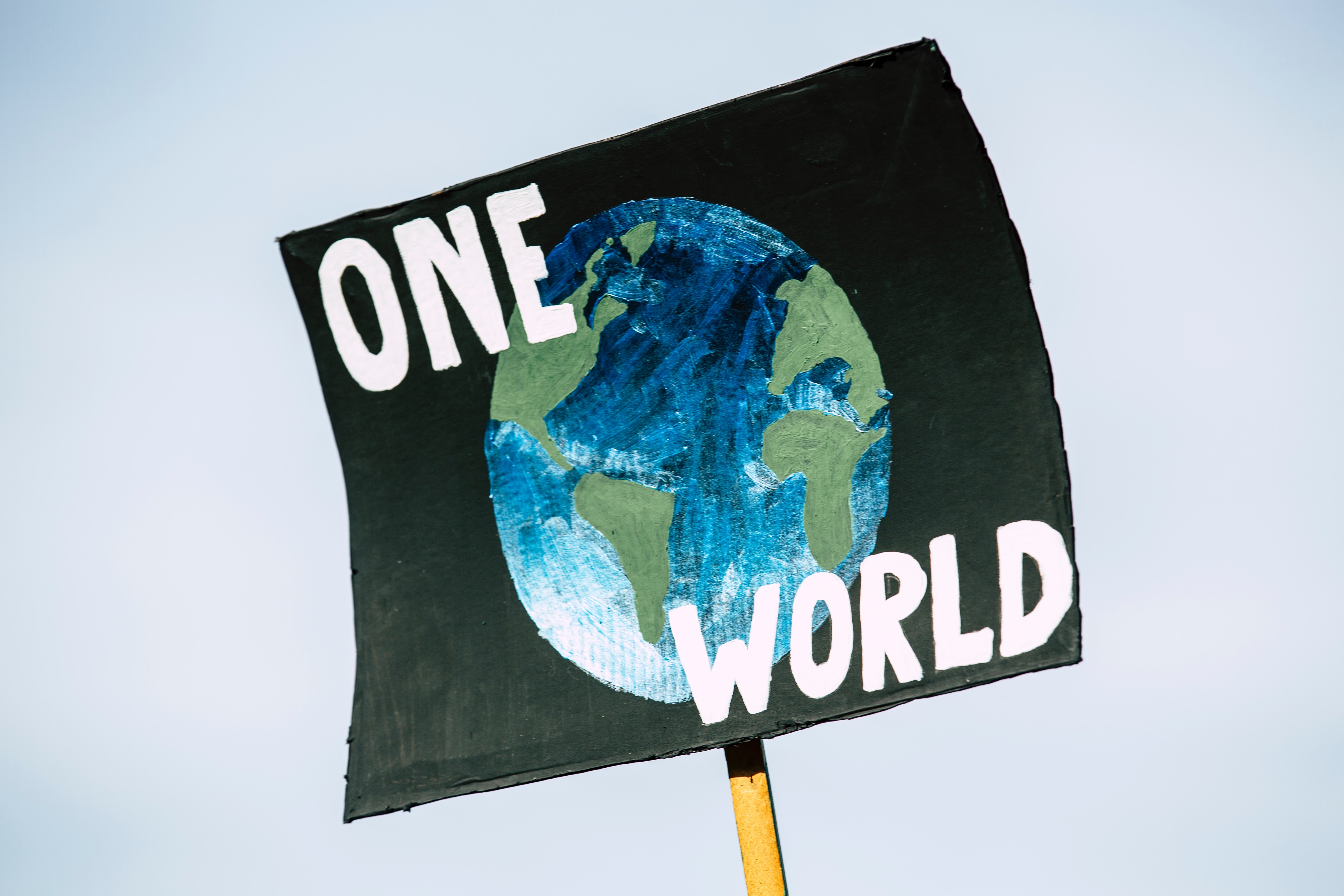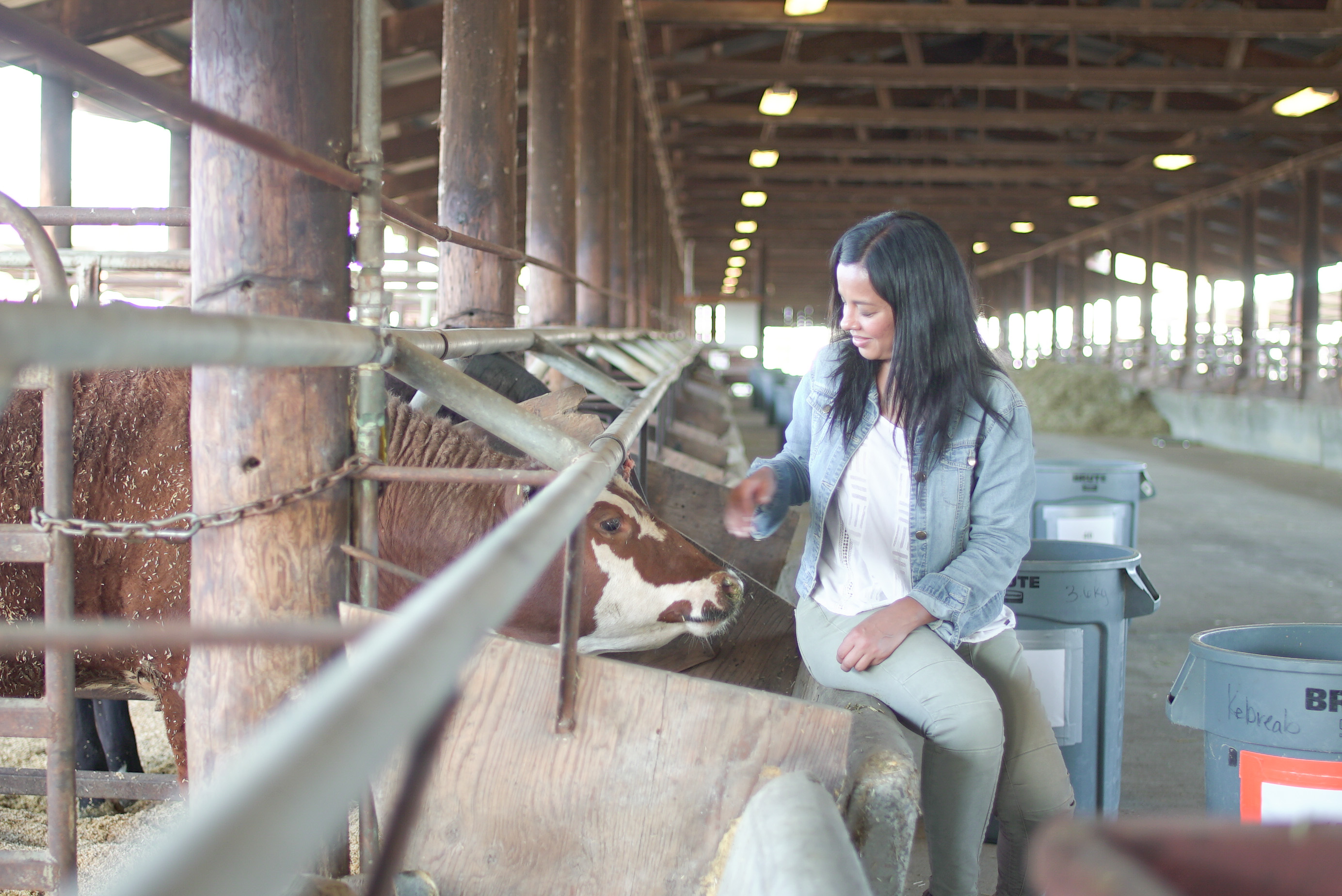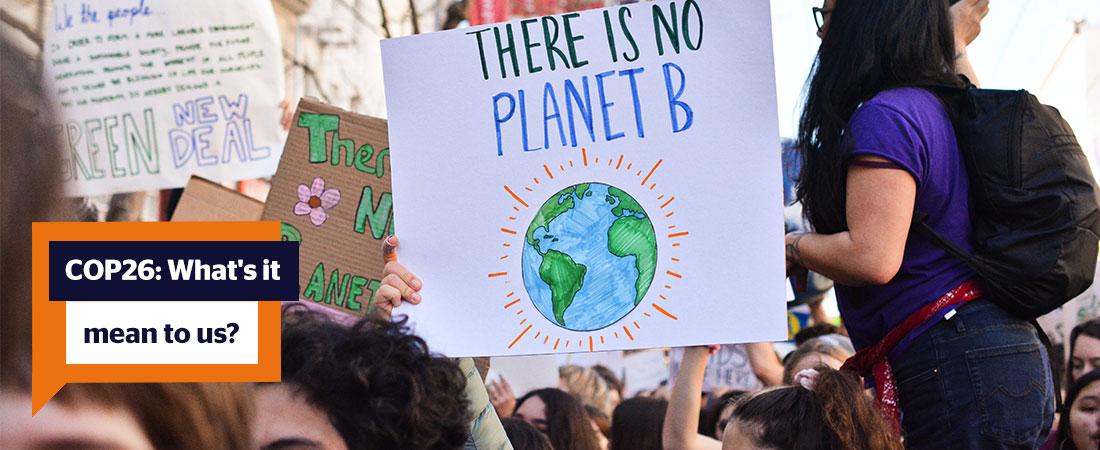COP26: What's it mean to us?
For the past two weeks, the media has been dominated by climate change and the 26th Annual United Nations Climate Change Conference, known to most as COP26. As this year’s conference comes to an end and the agreements are made, we wanted to break down the events of this historic summit, try to explain what it all means and discuss what we could be doing to make a difference. We’ve spoken to our most loyal viewers and will be answering the burning questions you have surrounding this major political event.
What is COP26?
COP26 is an annual conference where nations from across the globe come together to discuss how to tackle climate change, and agree on global and national targets to limit further damage to the environment using the goals set by the United Nations Framework Convention on Climate Change (UNFCCC).
COP26 is officially known as the United Nations Climate Change Conference, but is also known as the 26th session of the Conference of the Parties to the United Nations Framework Convention on Climate Change, which is where COP comes from. The first COP was held in Berlin, Germany, in 1995 and has occurred almost every year since – except from 2020 due to COVID19 and was held twice in 2001.
This year over 22,000 party delegates attended from 200 global countries, and almost 45,000 people attended the conference between 31st October and 12th November.
What was the plan? What were they trying to achieve?
The four goals of COP26 were:
1. Secure global net zero by 2050 and keep 1.5 ºC within reach
Countries were asked to come up with ambitious plans to reduce their nations emissions by 2030 to reach the ‘net zero’ target by 2050.
2. Adapt to protect communities and natural habitats
We are all aware the climate is already changing and has been for decades. Parties were required to discuss how they could work together to help the countries more immediately affected, by protecting and restoring crucial ecosystems and by helping to build defences against the impacts.
3. Mobilise finance
The ‘developed’ countries agreed to raise $100bn in climate finance per year by 2020. This goal had not been reached. At COP26, they were tasked with making this goal a reality to make the first two goals attainable.
4. Work together to deliver
It is widely agreed that the climate emergency won't change unless all Member Parties do their part. Since COP25 in 2019, the state of the world has shifted dramatically for the worse and it has never been so apparent. This final goal is to ensure all are on the same page or at least working towards the same objective.

What was agreed? Globally and in UK?
A new global agreement was reached, and it aims to reduce the most severe impacts of climate change - but campaigners believe it’s not enough. The agreement is not legally binding, but it's hoped each country who made pledges will abide by them.
The main decisions were:
• The use of coal will be reduced and “phased down”. Coal fuel is responsible for 40% of annual CO2 emissions, but due to an intervention by China and India, the final decision made was weaker than anticipated.
• The issue of harmful emissions is scheduled to be discussed next year. Whether that’s at COP27 or before is unclear at this stage.
• Fossil fuel subsidies will be phased out, which means eventually no government money will be spent on supporting the coal, oil or natural gas industries and prices will dramatically increase. No date has been set for this.
• The initial funding goal was reiterated, and richer countries once again pledged to provide $100bn a year to help poorer countries switch to cleaner energy.
Although these decisions seem non-specific, there were some more definitive agreements made, including:
• The USA and China have both promised to do more than ever before. Both countries are documented to be the world’s biggest CO2 emitters and will both signed agreements to reduce their footprint, so this is a huge deal!
• More than 100 countries, including Brazil, have pledged to stop deforestation by 2030. This is incredibly important as trees absorb huge amounts of CO2.
As we learnt in Liz Bonnin’s documentary Meat: A Threat to our Planet? the equivalent of five football pitches are being destroyed every minute in the Amazon rainforest, “the lungs of the earth”.
• Methane emissions will also be cut by 2030, as pledged by more than 100 countries.
Liz Bonnin also shared how methane is 30x more dangerous to our planet than CO2, which makes this agreement crucial.

How can we do our bit?
The first step is to embrace a positive attitude towards preventing climate change. There are a vast number of small but mighty lifestyle changes we can all make. Some might seem daunting, but future generations will thank us for doing what we can.
1. Save energy in the home
- Be aware of your household emissions and try cutting them, not only help the environment but to save you money! No insulation in your home can create a ‘black hole’ for heat. Some of us might be turning the temperature up when actually the heat is escaping through the walls, draft holes, or radiators.
- Watch your water consumption. Turn the tap off if you’re not using the water, such as when you’re brushing your teeth or lathering up in the shower.
- For more energy saving advice, we would recommend taking a look at the Energy Saving Trust's fantastic tips.
2. Change forms of transport
- On a day-to-day basis, choosing to take public transport (or even cycling!) over driving can make a huge difference to your personal CO2 emissions. Sometimes the journey can even end up being quicker because you weren’t forced to sit in rush hour traffic or find a parking spot.
 3. Choose eco-friendly products
3. Choose eco-friendly products
- Try opting for products not covered in unnecessary plastic, finding alternatives for products that contain non-sustainable ingredients, such as palm oil, soybeans, exported/nonseasonal fruit and vegetables, and ditch the mineral water in plastic bottles.
4. Upping your vegetables and reducing your meat and dairy consumption
- Meat and dairy are responsible for nearly 15% of greenhouse gas emissions. Plus, meat alone is responsible for 60% of emissions from food production. Eating too much meatisn’t great for your health as humans haven’t evolved to eat as much as we consume in western society. Eating less or meat alternatives can hugely reduce your impact, and hopefully the lower demand will reduce the meat and dairy industries greenhouse gas emissions.
- Grow your own produce. It may seem difficult, but growing your own food can be easier than you imagine. In our Green Challenge, there is a step-by-step journey to help challengers understand how easy it can be to start growing your own!
Let us know you thoughts on COP26 and how you are doing your bit! We'd love to hear any advice you'd want to share with others. Use the comments section below!
References
https://www.bbc.co.uk/news/science-environment-59263761
https://www.bbc.co.uk/news/science-environment-56901261
https://friendsoftheearth.uk/climate-change/what-can-I-do-to-stop-climate-change
https://www.theguardian.com/environment/2021/sep/13/meat-greenhouses-gases-food-production-study





























Leave a Comment